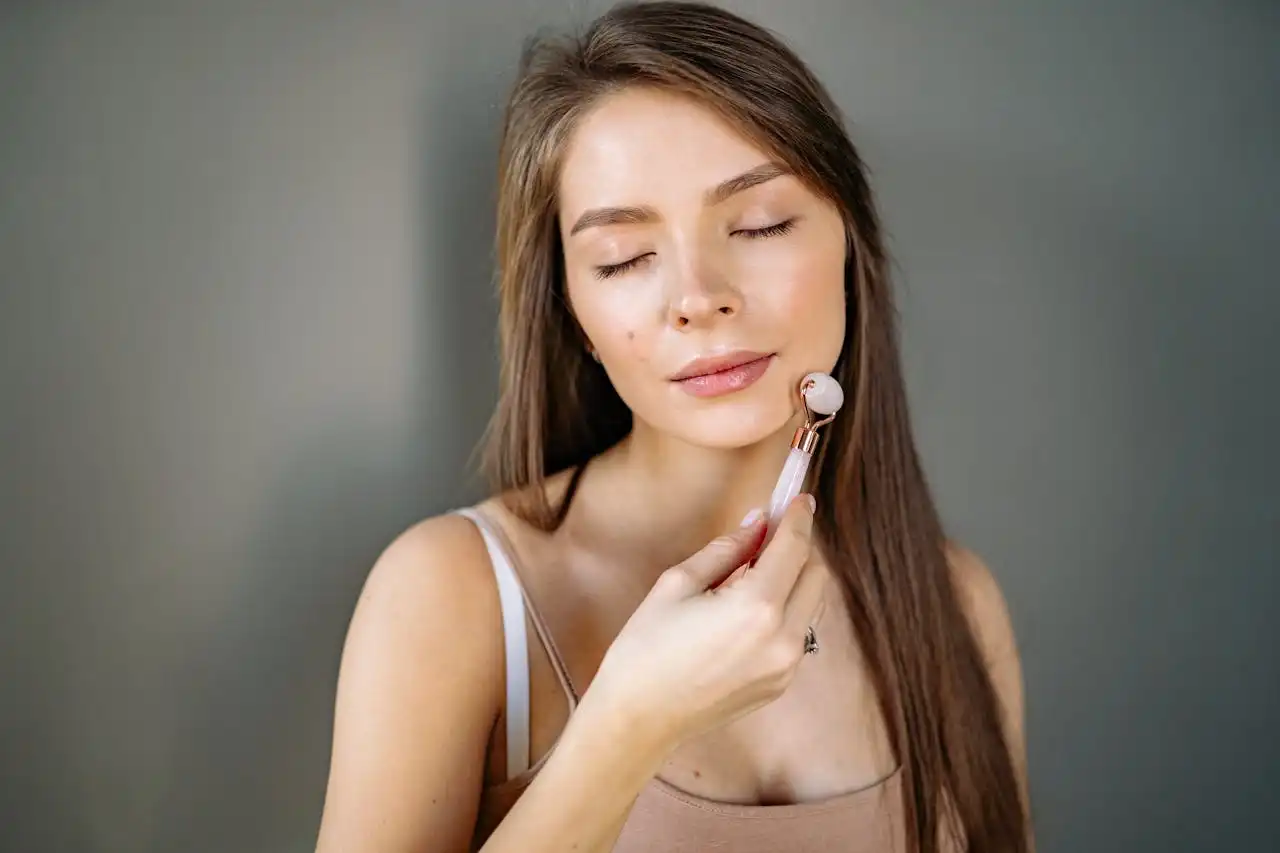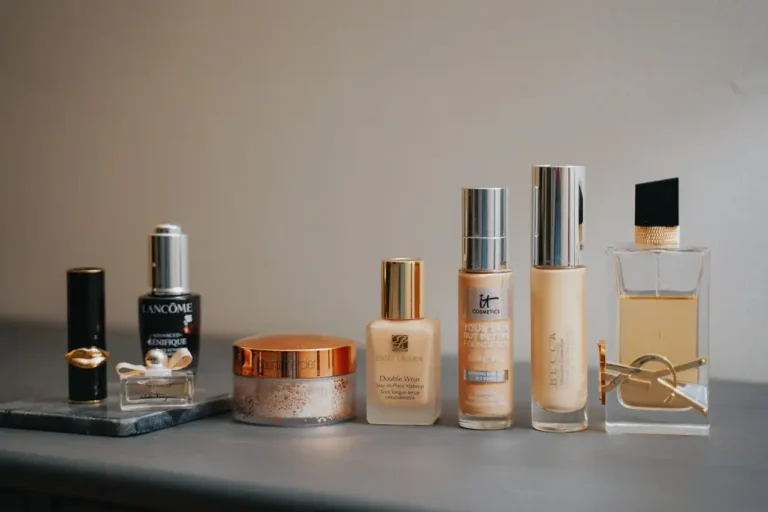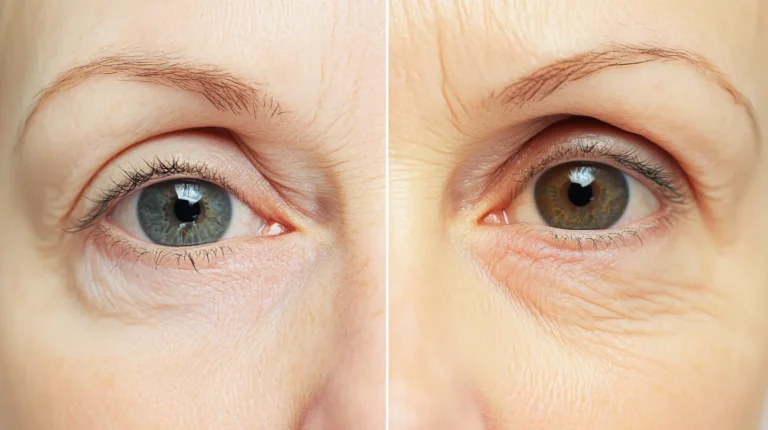The Truth About Face Oils: Do You Need One?
Face oils have taken the skincare world by storm, but you might wonder if they’re just another beauty trend or genuinely beneficial.
With countless options flooding the market and conflicting advice everywhere, determining whether you need a face oil can feel overwhelming.
Let’s cut through the noise and discover what face oils can actually do for your skin.
What Exactly Are Face Oils?

Face oils are concentrated botanical extracts designed to nourish and protect your skin. You’ll find face oils derived from various sources, including plant seeds, nuts, and fruits.
Unlike heavy creams packed with fillers, these oils contain active compounds that can penetrate your skin’s surface layers.
Popular options include jojoba, rosehip, argon, and squalene oils. Each type offers unique benefits and works differently with your skin’s natural processes.
The key difference between face oils and other skincare products lies in their molecular structure.
Oils contain larger molecules that form a protective barrier on your skin’s surface while delivering nutrients.
This barrier helps prevent moisture loss and shields your skin from environmental damage. Many people assume all oils will clog pores, but this isn’t true.
Some oils, like jojoba, actually mimic your skin’s natural sebum and can help regulate oil production rather than increase it.
The Science Behind Face Oil Benefits
Your skin produces natural oils called sebum to maintain its protective barrier. Face oils work by reinforcing your skin’s lipid barrier, which keeps moisture in and irritants out.
When this barrier becomes compromised due to harsh products, environmental factors, or aging, face oils can step in to provide support.
When this barrier functions properly, your skin appears plumper, smoother, and more radiant. You’ll notice reduced dryness, flakiness, and sensitivity.
Research shows that certain face oils contain antioxidants, vitamins, and fatty acids that can improve skin texture and appearance.
For example, rosehip oil contains vitamin C and retinoids that may help with skin renewal, while argon oil provides vitamin E for antioxidant protection.
The anti-inflammatory properties found in many plant oils can also calm irritated skin and reduce redness.
This makes face oils particularly beneficial if you struggle with sensitive skin or conditions like eczema or rosacea.
Signs You Might Benefit from Face Oil
Your skin sends clear signals when it needs additional nourishment. If you experience persistent dryness despite using moisturizer, a face oil might help.
You’ll particularly benefit if your skin feels tight after cleansing or appears dull and lackluster.
Seasonal changes often trigger the need for face oils. During winter months, indoor heating and cold outdoor air can strip your skin’s natural moisture.
You might notice increased flakiness, rough patches, or sensitivity during these times. Age-related skin changes also indicate potential benefits from face oils.
As you get older, your skin produces less natural oil, leading to dryness and the appearance of fine lines.
Face oils can help restore suppleness and create a more youthful appearance.
If you use active ingredients like retinoids, AHAs, or BHAs, your skin might benefit from the additional nourishment that face oils provide.
These treatments can sometimes cause dryness or irritation, and oils can help counteract these effects while enhancing the benefits.
Choosing the Right Face Oil for Your Skin Type
Your skin type determines which face oil will work best for you. Dry skin typically responds well to heavier oils like avocado, sweet almond, or rosehip oil.
These oils provide deep nourishment and help repair damaged moisture barriers.
If you have oily or acne-prone skin, don’t automatically dismiss face oils. These oils won’t clog your pores and may reduce excess oiliness over time.
Lightweight, non-comedogenic options like jojoba, squalene, or grapeseed oil can actually help balance your skin’s oil production.
Sensitive skin requires gentle, anti-inflammatory oils. Look for options like chamomile, calendula, or morula oil.
These oils soothe irritation while providing necessary moisture without triggering reactions.
Combination skin benefits from versatile oils that can address different needs across your face. Mature skin often responds best to oils rich in antioxidants and nutrients.
Jojoba oil works well because it adapts to your skin’s needs, providing more moisture to dry areas while regulating oil in your T-zone.
Consider rosehip, pomegranate seed, or sea buckthorn oil for their anti-aging properties and ability to improve skin texture and tone.
How to Properly Use Face Oils

Timing matters when applying face oils. You’ll get the best results by using them on slightly damp skin, which helps the oil spread more easily and enhances absorption.
Apply your oil after water-based serums but before heavier creams. The layering order makes a significant difference in effectiveness.
Start with just 2-3 drops for your entire face. You can always add more, but using too much initially can leave your skin feeling greasy and may cause breakouts.
Warm the oil between your palms before gently pressing it into your skin rather than rubbing vigorously.
Follow the general rule of applying products from thinnest to thickest consistency. This means cleanser, toner, serums, face oil, and finally moisturizer if needed.
You don’t need to use face oil twice daily when starting out. Begin with nighttime application, as your skin repairs itself while you sleep.
Once your skin adjusts, you can experiment with morning use, but always follow with SPF during the day.
Pay attention to how your skin responds and adjust accordingly. Some people find daily use too much, while others benefit from twice-daily application.
Your skin’s needs may also change with seasons, stress levels, or hormonal fluctuations.
Common Myths and Misconceptions
Many people believe face oils will make their skin more oily, but this often isn’t true.
When you use the right oil for your skin type in appropriate amounts, it can actually help regulate sebum production and reduce oiliness over time.
Another common myth suggests that face oils cause breakouts in everyone. Some assume that expensive oils work better than affordable options.
While some oils can be comedogenic, many are specifically formulated to be non-pore-clogging. The key lies in choosing the right oil and using it correctly.
Price doesn’t always indicate quality or effectiveness. Many budget-friendly oils like jojoba or rosehip provide excellent results when sourced properly.
You might hear that face oils replace the need for moisturizer, but this isn’t necessarily accurate for everyone.
While some people find oils sufficient alone, others need both oil and moisturizer for optimal hydration, especially during harsh weather conditions.
The belief that natural always means better can also be misleading.
While many natural oils offer benefits, some synthetic alternatives like squalene can be more stable, pure, and less likely to cause reactions than their natural counterparts.
Potential Drawbacks and Considerations
Face oils aren’t suitable for everyone, and some people may experience negative reactions.
If you have fungal acne or certain skin conditions, oils might exacerbate the problem. Always patch test new products before full-face application.
Quality varies significantly among face oil products. Research brands and read ingredients carefully before purchasing.
Poor-quality oils may contain impurities, rancid components, or insufficient concentrations of beneficial compounds.
Storage and shelf life require attention with face oils. Cost can be a consideration, as high-quality face oils often command premium prices.
Many oils oxidize when exposed to light, heat, or air, losing their beneficial properties and potentially becoming irritating.
Store oils in cool, dark places and replace them according to manufacturer recommendations.
Some oils can increase photosensitivity, making your skin more prone to sun damage.
Certain citrus oils are particularly problematic in this regard. Always use broad-spectrum SPF when using face oils during the day.
However, since you use small amounts, even expensive oils can last several months, making them cost-effective in the long run.
Integrating Face Oils into Your Routine
Start slowly when introducing face oils to your skincare routine. Begin with 2-3 times per week and gradually increase frequency as your skin adjusts.
This approach helps prevent overwhelming your skin and allows you to monitor how it responds.
Consider your existing products when adding face oils. Some ingredients work synergistically with oils, while others may conflict.
Retinoids, for example, can be enhanced by certain oils but may cause irritation when combined with others.
Seasonal adjustments help optimize your face oil routine. You might need heavier oils during winter months and lighter formulations in summer.
Pay attention to how your skin’s needs change throughout the year and adjust accordingly.
Don’t abandon your current routine entirely when starting with face oils. Instead, gradually incorporate them and assess whether you need to modify other products.
You might find you can reduce the amount of moisturizer you use or eliminate certain serums.
Track your results by taking photos and noting changes in your skin’s texture, appearance, and how it feels.
This documentation helps you determine whether the face oil is working and guides future decisions about your skincare routine.
Making the Decision: Do You Need Face Oil?

Ultimately, whether you need a face oil depends on your individual skin concerns, preferences, and how your skin responds to different products.
If you experience persistent dryness, sensitivity, or want to enhance your skin’s natural glow, face oils might benefit you.
Consider your lifestyle and commitment level. Face oils require consistent use and proper application technique to show results.
If you prefer simple routines or travel frequently, you might want to start with a versatile, stable oil that works in various conditions.
Budget also plays a role in your decision. Your skin’s current condition should guide your choice.
While face oils can be cost-effective long-term, the initial investment might be significant, especially if you want to try multiple types to find your perfect match.
If you have active breakouts, severe sensitivity, or are using prescription treatments, consult with a dermatologist before adding face oils to ensure compatibility.
Remember that skincare is highly individual, and what works for others might not work for you.
Be patient with the process and willing to experiment to find the right approach for your unique skin needs.
Conclusion
Face oils can be valuable additions to your skincare routine when chosen and used appropriately for your skin type and concerns.
Success depends on selecting the right oil, using proper application techniques, and maintaining realistic expectations about results.







